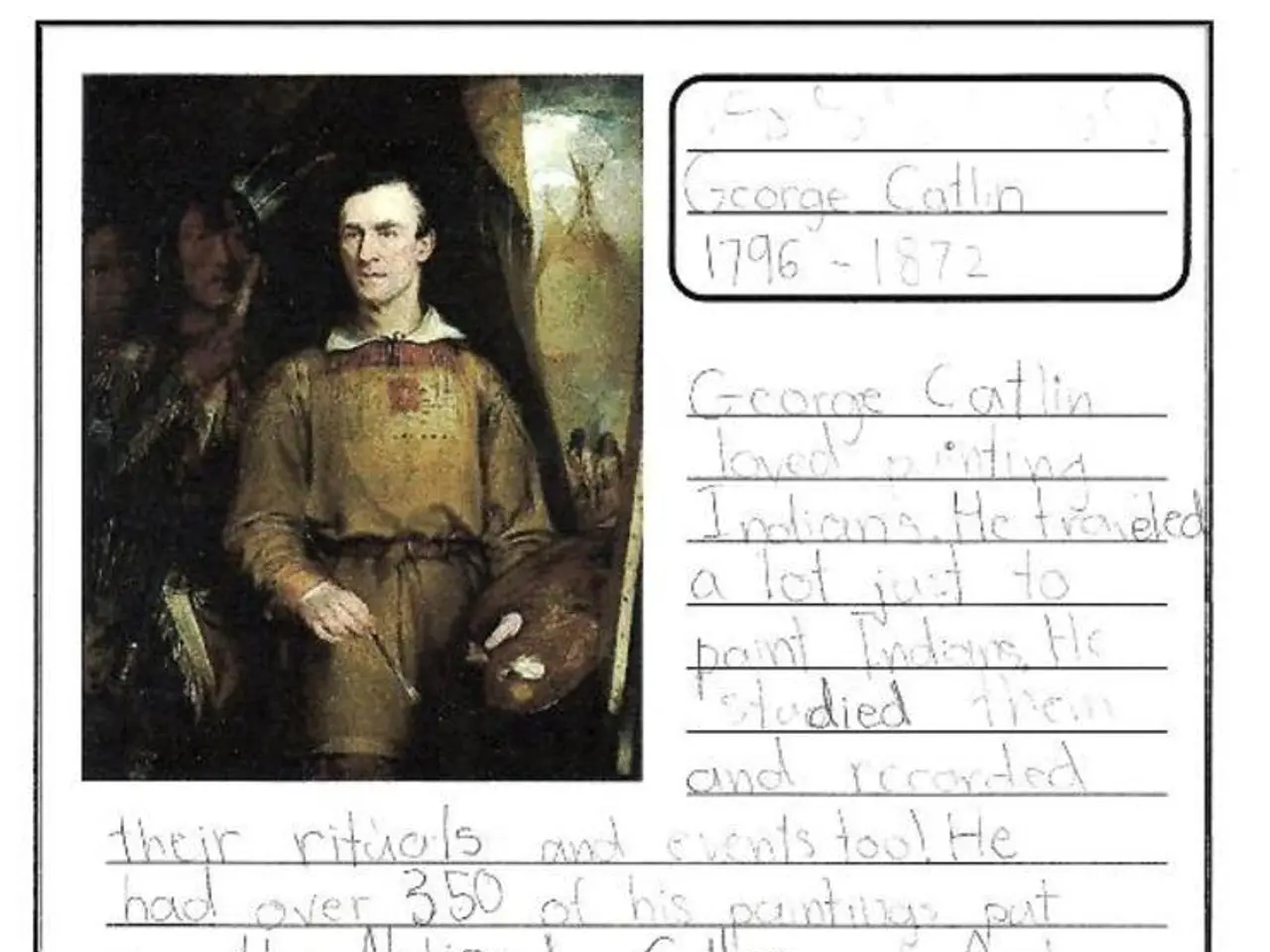Uncovering Cleopatra's Appearance: A Deep Dive into Her Likeness and the Myth of Her Breathtaking Beauty
Unveiling the True Image of Cleopatra: A Closer Look at Her Coin Portraits
New insights into the appearance of Cleopatra, the last Pharaoh of Ancient Egypt, have emerged from her coin portraits. These coins, minted between 51 BC and 30 BC, offer a unique glimpse into the physical features of the queen who ruled Egypt during a time of political upheaval.
Based on the coin portraits and other historical evidence, Cleopatra likely had strong, prominent features. Her coin portraits show her with a sharp, hooked (aquiline) nose, a strong jawline, almond-shaped eyes, and full lips. These features reflect her Macedonian-Greek and Eastern Mediterranean heritage. Her complexion was probably olive or pale-olive, typical of the region's diverse population.
The artists who created Cleopatra's coin portraits were likely following guidelines when they engraved the dies to strike the coins. The coins depicting Cleopatra alone were minted during her reign, while those depicting her with Mark Antony date to the mid to late 30s BC.
Interestingly, the coins present a face of Cleopatra that is more focused on her political ambition and alliance with Mark Antony, rather than her beauty and seductive qualities. Most of the coin portraits of Cleopatra have no name attached, with her distinctive features serving as identification.
The coins depicting Cleopatra as "Queen Cleopatra, the New Goddess" and "For Cleopatra, Queen of Kings and of children who are kings" were minted during this period. Cleopatra is always described as a queen in her own right, even when depicted alongside Antony.
The portraits of Cleopatra on coins are rather modest, with her wearing a cloth diadem, braided hair, and a mantle. This contrasts with the popular image of Cleopatra as an exotic and seductive figure, which began to accrue shortly after her death.
In contrast to the modern perception of Cleopatra, the coins depicting her lovers, Julius Caesar and Antony, do not match popular conceptions. Caesar is depicted with a wrinkled, scrawny neck and a crown to hide his bald head, while Antony has a jutting chin and a broken nose.
The modern negative reaction to the face of Cleopatra on coins tells more about our love of stories than anything about the actual Cleopatra. The best surviving physical representations include marble busts from her era showing her with ringleted hair styled in the "melon" fashion and a royal diadem. Although some noses are missing from busts, their "footprint" suggests a large, aquiline nose was characteristic.
Overall, the coin portraits of Cleopatra offer a fascinating insight into the physical features of this remarkable queen. Her true appearance was likely striking and distinctive, characterized by intelligence and charisma as much as by the physical traits conveyed in surviving artifacts and coins.
[1] Coins of Cleopatra, D. R. Walker, 1978 [3] Cleopatra: A Life, Stacy Schiff, 2010 [5] Cleopatra: The Great, Arthur Weigall, 1911
Historical figures such as Cleopatra, the last Pharaoh of Ancient Egypt, provide valuable insights in the realm of entertainment, as their lives and appearances have become intriguing subjects for modern interpretations and adaptations. In contrast to the popular imagery of Cleopatra as an exotic and seductive figure, her coin portraits present a face of political ambition and alliance, revealing a strong, distinctive queen who ruled during a time of political upheaval.







